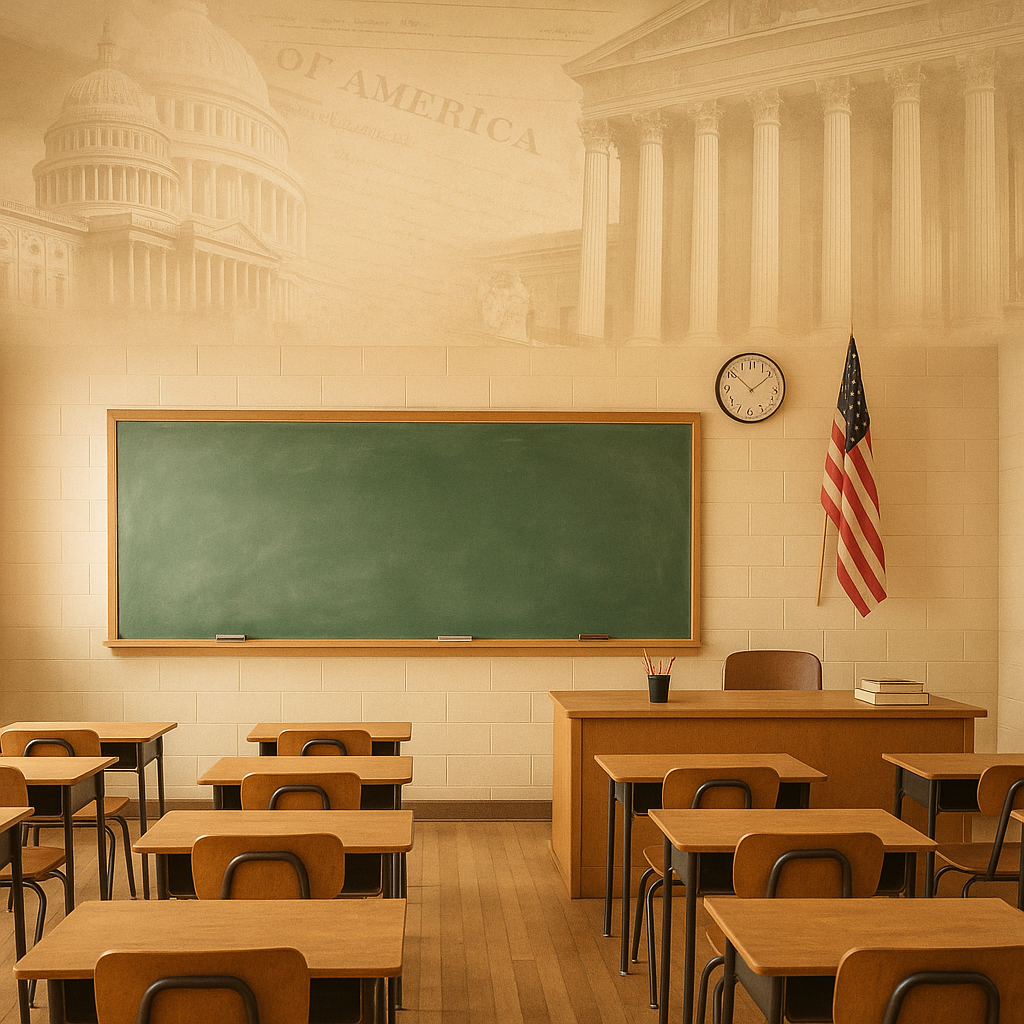
Politics in education affects your child’s classroom every day. When most people think about school, they think about textbooks, teachers, and test scores. But a hidden driver shapes your child’s learning: politics. From curriculum choices to funding decisions, debates in local school boards and state legislatures directly impact what happens in K-12 schools.
I spent years in school leadership, seeing firsthand how decisions made in offices far from classrooms affect real students and teachers. Budget cuts, testing mandates, and curriculum battles often put politics ahead of what’s best for kids.
For example, decisions about standardized testing can pressure schools to teach to the test instead of nurturing creativity. Funding debates can lead to larger class sizes and fewer resources, directly impacting your child’s education.
If we want to create schools where every child thrives, we must pay attention to politics in education and hold our leaders accountable for their choices. Parents and community members can attend school board meetings, ask questions, and advocate for decisions that prioritize students.
Understanding politics in education is essential to improving K-12 schools. It empowers parents and educators to push for policies that benefit all students, not just a few. By staying informed and engaged, we can ensure politics in education leads to positive change.
Learn More and Get Involved
Want to dive deeper?
Check out my book Politics, Education, and K-12 to learn how we can improve our schools together.
You may also like to read how teacher health insurance impacts school budgets to understand another hidden factor shaping K-12 education.